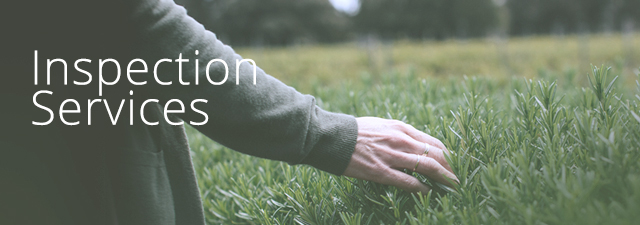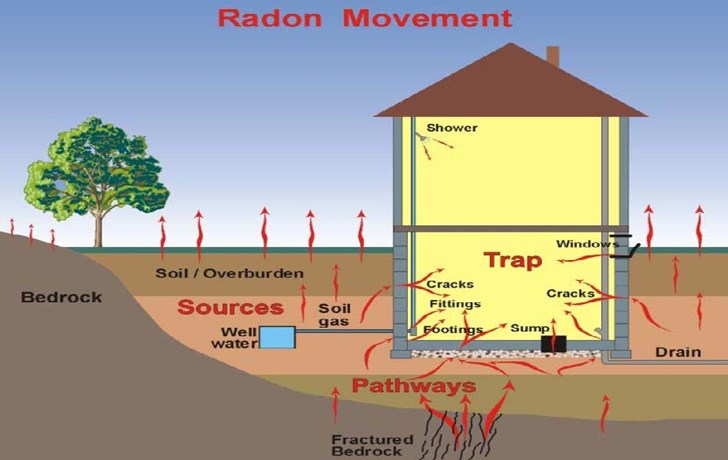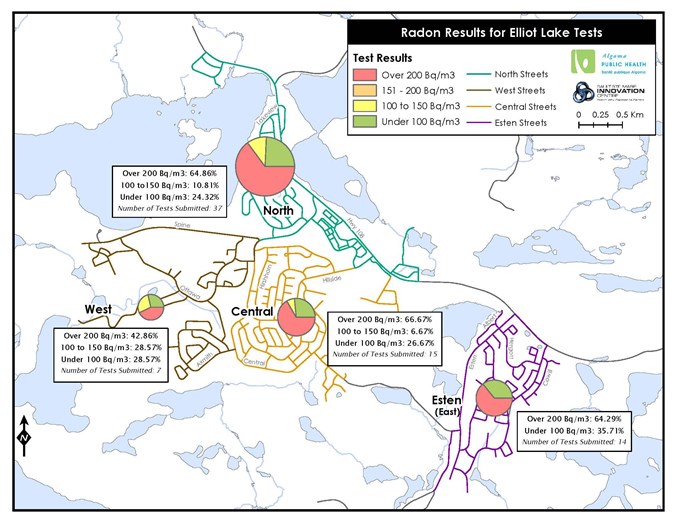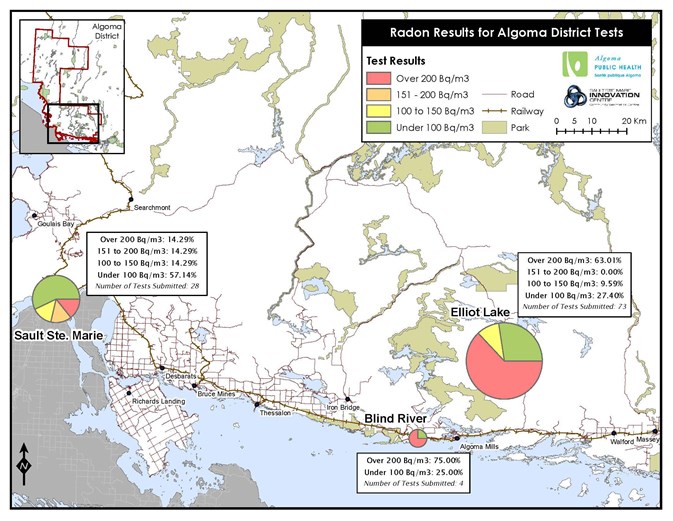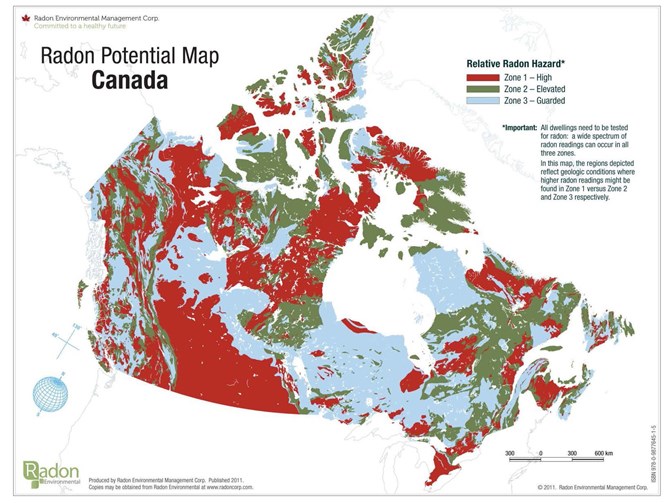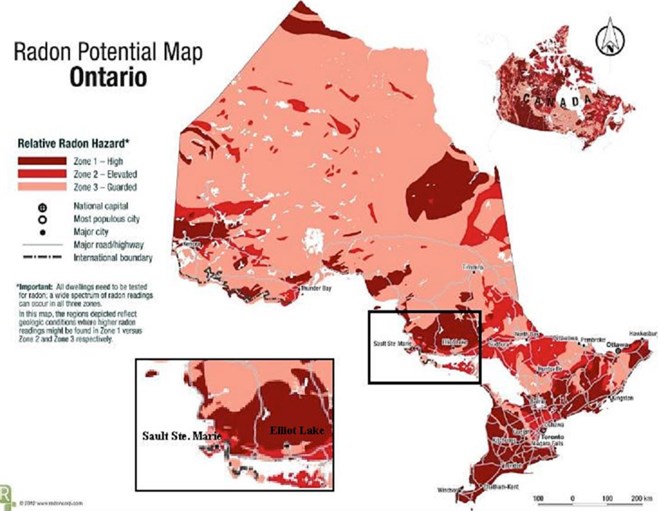Algoma Public Health
Radon
Radon can be found in the soil all over Canada. Breathing in radon gas for extended periods of time can be hazardous. Did you know radon is the second leading cause of lung cancer, second only to smoking? Learn more about radon and stay informed on how to protect yourself and those you care for to limit your exposure to radon gas.
What you need to know about Radon
Radon is a colorless, odorless, radioactive gas that is found naturally in the environment. Radon is produced when uranium found in rock and soil breaks down. Radon gas naturally rises beneath us into our atmosphere. It can get into any type of building and build up in your home.
Radon in living areas is measured in Becquerel's per cubic meter (Bq/m3). In 2006, Health Canada changed the acceptable standard annual radon concentration from 800 Bq/m3 to 200 Bq/m3 or less. Levels of radon can differ depending on the location and construction of the home. Health Canada estimates that some parts of Canada have over 20 percent above the recommended levels!
Water from some deep wells may also contain dissolved radon. This can lead to exposure by either drinking the water or inhaling the radon that has been released when that water is agitated (e.g., showering, washing clothes or cooking). While drinking water containing radon has not been shown to be harmful to health, the additional radon released into the air in water vapor may increase the inhalation hazard.
Date of Creation: June 1, 2015
Last Modified: November 1, 2023



